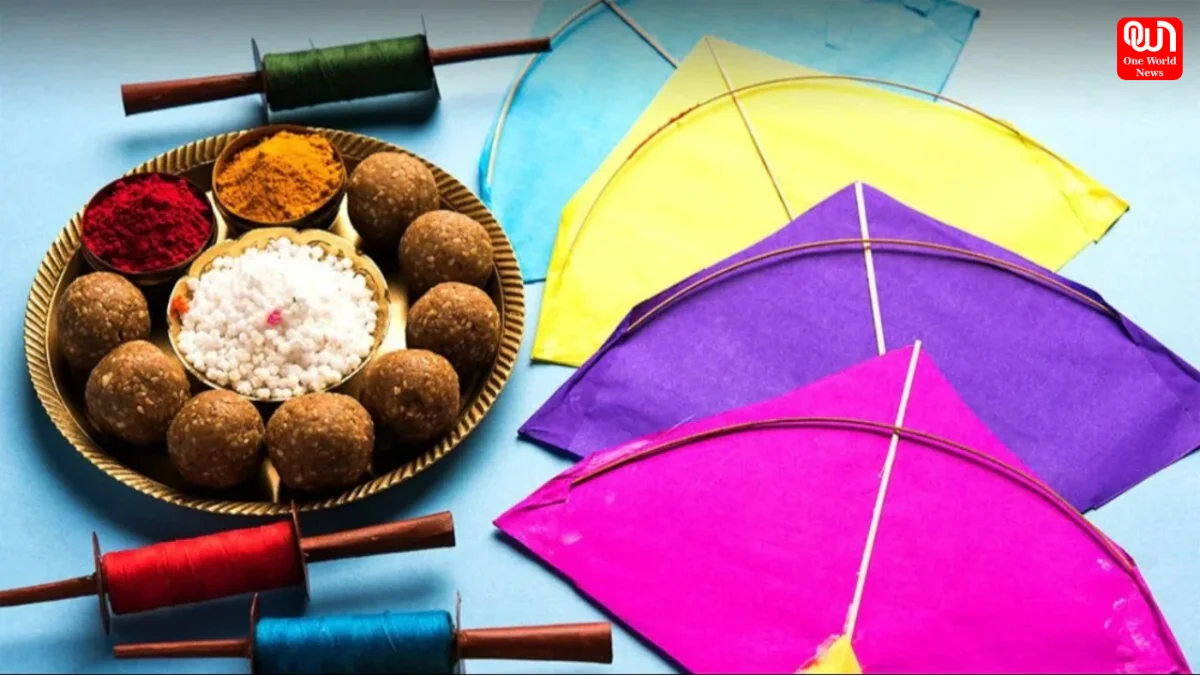Makar Sankranti 2025: How to Tackle Common Kite Flying Issues for a Safe, Fun, and Eco-Friendly Festival
Makar Sankranti 2025: Kite flying is the most prominent attraction of the joyful festival Makar Sankranti celebrated across India.
Makar Sankranti 2025: Essential Tips and Solutions for Tackling Common Kite Flying Issues and Ensuring a Safe, Fun, and Eco-Friendly Festival Experience
Kite flying is the most prominent attraction of the joyful festival Makar Sankranti celebrated across India. Yet, as alluring as this sight of colorfully kited sky might seem, it carries with it some problems as well. Here’s an article talking about some of the most common problems which come along while kite flying and its perfect solutions so that Makar Sankranti 2025 would be enjoyable as well as easy.
Dealing with Tangled Strings
Tangled strings are probably one of the most common frustrations kite flyers experience. With many kites in the sky, it is easy for their strings to get entangled, leading to loss of control or the kite crashing down. Tangled strings can waste a lot of time and energy, which makes the experience less enjoyable.
The only way to ensure minimal tangling is by using strong, hardy strings. Weak strings easily snap under tension or tangle. Another preventive measure is ensuring a safe distance between your kite and others in the area, so you won’t get your kite entangled. If you will be flying multiple kites, then a good winder or reel will be used to ensure the strings stay nice and controlled so knots are minimized.
Read more: The Bizarre Worlds Orbiting Planets: The Strangest Moons in Our Solar System
Wind Conditions: A Key Factor
The wrong wind conditions could easily play spoiltsport on your kite-flying activity. For example, the proper amount of wind is what actually lifts your kite off the ground, keeping it floating in the sky. It does not float too well when there is little to no wind because a kite finds difficulty in getting afloat from that point, whereas too strong might make your kite lose its controls or break away.
The best kite to ensure smooth flying would be one suited for the wind conditions. Lighter kites will work well for gentle winds, while heavier kites are suitable for stronger gusts. One should check the wind conditions before flying and make the necessary adjustments. Early morning or late evening is usually a good time for flying kites, as the winds tend to be calmer at these times.
Avoid Kite Collisions and Accidents
With so many kites filling the sky, the risk of kite collisions increases, often leading to damaged kites or worse—injuries. Flying kites near power lines or crowded areas can make the situation more dangerous.
To minimize the risk of collisions, fly your kites in spacious areas, such as open fields or rooftops, where there’s ample room to maneuver. Keep an eye on the other kites in the sky to avoid getting too close to them. Additionally, ensure that your kite string is not sharp or hazardous to others, and avoid using strings that could cause harm if they come into contact with people or animals. Being mindful of your surroundings will help ensure a safer experience for all.
Losing a Kite: Preventing the Chase
Yet another issue many kite flyers face is when they lose control of their kite. The wind might pick a kite or an opponent’s kite string could slash it into your kite sending it spiraling away from sight. The quest to retrieve your kite can be tedious and exasperating.
Using kites that have longer tails can make losing your kite improbable since their strings are much visible in the air. Try to fly your kite in a controlled manner, where it is balanced and securely attached to the string. If possible, invest in a kite-saving device, such as a leash, that allows you to recover the kite if it crashes or drifts away. Taking these precautions can save you from the frustration of chasing after a lost kite.
Environmental Consideration: Keep it Eco-Friendly
Kite flying is an entertaining activity, but it can also be detrimental to the environment. Broken kites, sharp strings, and litter can cause damage to wildlife and the environment. With kite flying having become a mass activity during Makar Sankranti, it is necessary to take into account the environmental implications.
To minimize environmental impacts, kites made of natural materials, such as paper and bamboo, can be purchased. These can do less damage to the environment when they tear or are dropped. Clean up the festival, as well: Collect kite scrap, strings, and other detritus. Encourage others in the community to join in any clean-up initiative available. Second, safe non-toxic strings used for kite strings will further secure the lives of animals and people.
Read more: Honoring Guru Gobind Singh Jayanti 2025: A Celebration of Courage and Spiritual Legacy
Conclusion: Safe and Joyful Makar Sankranti
Makar Sankranti 2025 is going to be a fantastic celebration of kite flying, and by addressing some common issues such as tangling, wind problems, safety hazards, and environmental concerns, you will ensure a safe and enjoyable experience. By following these simple tips and being careful about your surroundings, you can make the most of this festive occasion and enjoy with friends and family. Happy kite flying!
We’re now on WhatsApp. Click to join.
Like this post?
Register at One World News to never miss out on videos, celeb interviews, and best reads.








